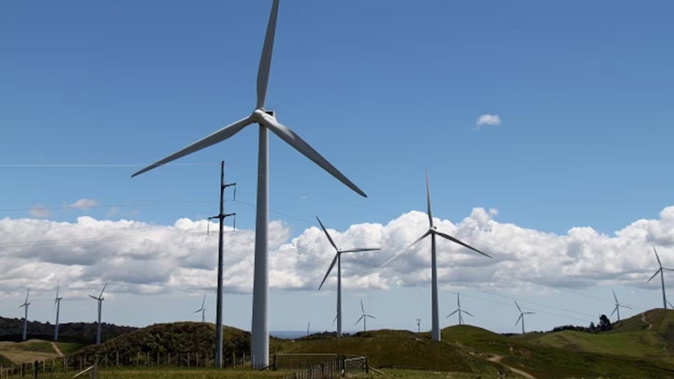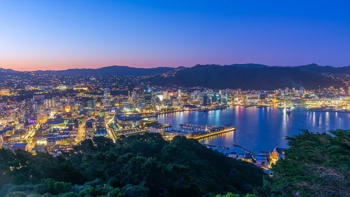
Big businesses are now looking to Tasmania and New Zealand as suitable land dries up for large-scale renewable energy projects in mainland Australia, according to the founder and chief executive of Rok Solid, Daniel Moroko.
Rok Solid is a renewable energy land acquisition agency that connects landholders with companies wanting to lease or buy land for major projects.
Moroko said Tasmania and New Zealand were now seen as renewables powerhouses, as governments fast-track development applications and land was more readily available.
“They are seen as leaders in the field, with Tasmania 100 per cent self-sufficient in renewable electricity and the first Australian jurisdiction to achieve net zero emissions, while more than 80 per cent of New Zealand’s electricity comes from renewable energy sources, so they are showing they are well ahead of the game.”
Moroko said until now, projects in Tasmania and New Zealand focused on land less than 100 hectares in size but he’d seen strategic planning and co-ordination for Tasmania’s renewable sector that put it in a strong position for luring investment from international developers for larger scale projects.
“The Marinus Link renewable energy project has been touted as part of the plan to make Tasmania the ‘battery of the nation’ and boost energy security on the mainland through two 750-megawatt cables sending electricity in both directions between Tasmania and the mainland,” he said.
Moroko said Tasmania and New Zealand’s steady climate was also a drawcard for major wind, solar and storage projects.
“Tasmania and New Zealand don’t have huge fluctuations in climate. In Victoria, you can have four seasons in a day, but Tasmania and New Zealand are considered a lot more steady,” he said.
Moroko warned bureaucratic red tape, where approvals could take as long as three years, was another reason for big business to look beyond the mainland.
“The 1.5 GW Yanco Delta wind farm was last year the first to be approved by the NSW Government in almost three years.”
Moroko said this wasn’t happening in New Zealand, as the Government was using legislation brought in during the pandemic to fast-track approvals.
“New Zealand has a Fast-track Consenting Act, introduced to accelerate infrastructure development, which allows ministers to send projects straight to the independent panel, overlooked by the Environmental Protection Authority (EPA), reducing consenting time and saving the infrastructure builders money.”
He used the Tauhei Solar Farm project near Te Aroha in Waikato as an example, which took just 70 working days to get the green light. It will result in more than 300,000 solar panels spread across 180 hectares of farmland and is due to be operational by next year.
“Why are we not seeing this same sort of thing in Australia,” Moroko said.
“States like New South Wales and Queensland have specific Renewable Energy Zones mapped out, yet there’s a bottleneck of projects taking in some cases three to five years for a decision on approvals.”
According to the International Energy Agency, New Zealand plans to generate 90 per cent of its power from renewables by 2025, rising to 100 per cent by the end of the decade, by pressing councils to drastically cut the time it takes to approve projects.
Take your Radio, Podcasts and Music with you








